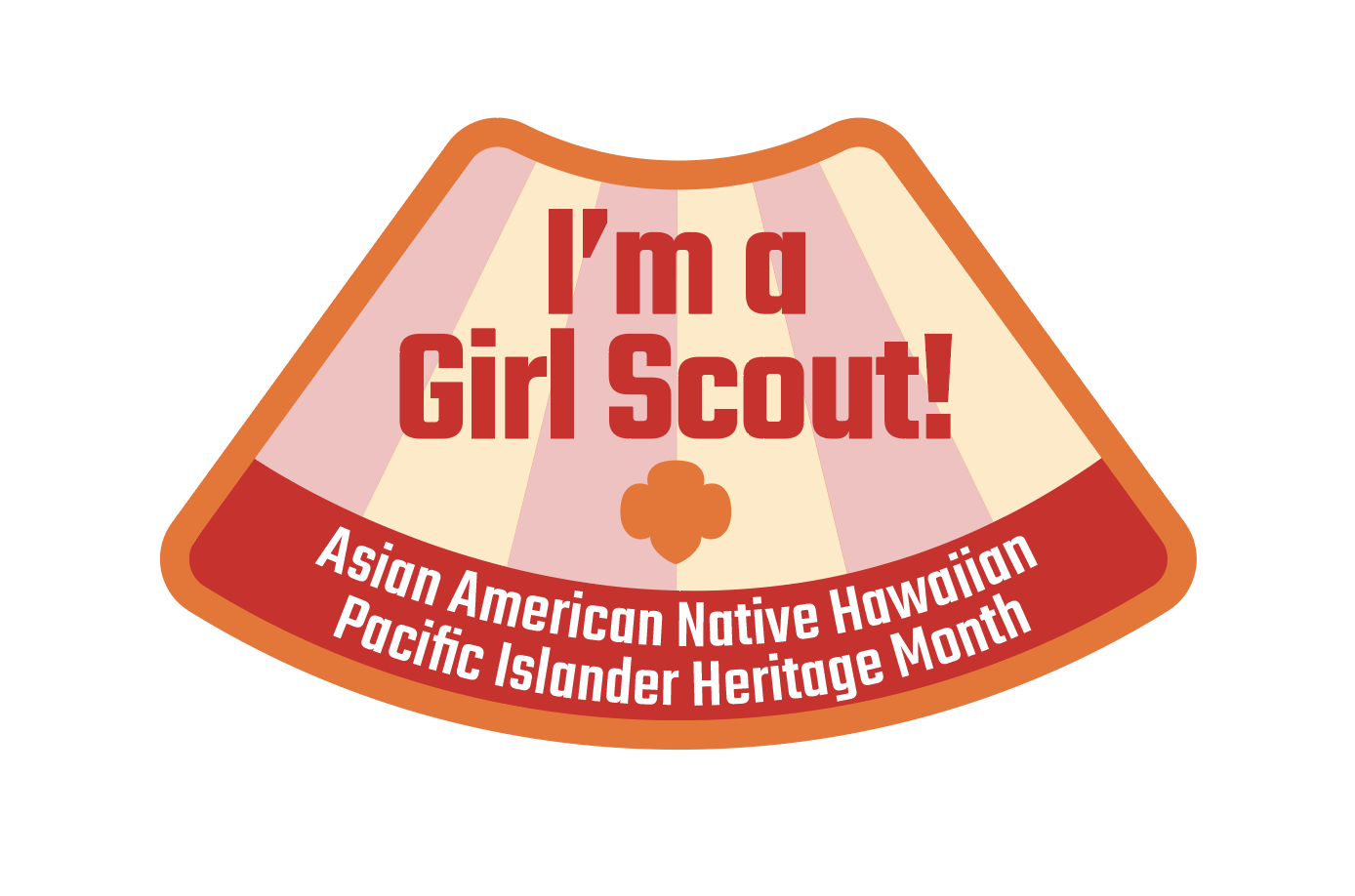
Celebrating Asian American, Native Hawaiian, and Pacific Islander Heritage Month with Pride and Power
May 01, 2025
Every May, we celebrate Asian American, Native Hawaiian, and Pacific Islander (AANHPI) Heritage Month—a time to honor the histories, cultures, and contributions of AANHPI communities in the U.S. But for many youth of Asian descent, especially those from immigrant families or first-gen college hopefuls, this month can also bring up big questions: How do I balance fitting in with staying connected to my roots? What if my school doesn’t talk about any of this? What if no one else looks like me?
Let’s talk about why AANHPI Month matters—and how it can be a source of pride and empowerment, even when things feel complicated.
What is AANHPI Month?
AANHPI Heritage Month takes place every May. It’s a chance to celebrate the rich diversity of over 50 ethnic groups with roots across Asia and the Pacific Islands. This includes folks with Chinese, Hmong, Vietnamese, Filipino, Indian, Japanese, Korean, Samoan, Native Hawaiian, and many other backgrounds.
It’s not just about history—it’s about visibility, pride, and making space for our full, complex stories today. If you are more of a visual/audio learner, here is a great video that explains more about Asian American, Native Hawaiian, and Pacific Islander Heritage Month.
Why It Matters?
If you’ve ever thought:
“I feel like I have to be perfect all the time.”
“How do I navigate spaces where I’m the only one?”
“Translating for my parents all the time is exhausting.”
“My family doesn’t understand my mental health concerns.”
You’re not alone. Many BIPOC youth, and girls of other marginalized identities, carry unique pressures that others might not see. Whether you're balancing two cultures, attending a school that rarely talks about race, or just feeling stuck with limited opportunities, your experiences are real, and they are valid.
That’s why AANHPI Month is important. It’s a time to say: “My story matters. My culture is worth celebrating. And I don’t have to shrink myself to fit in.”
How to Celebrate (Even If You're the Only Asian Kid in Class)
- Learn and Share Your History
Find stories of AANHPI leaders, artists, and activists. Then share them—maybe in a school project, a TikTok video, or just in a convo with friends. (Need a start? Look up Yuri Kochiyama, Jose Antonio Vargas, or Haunani-Kay Trask.) - Talk About Identity—Even If It’s Awkward
Not sure how to talk about your racial identity without making it weird? Try starting with your own experience. Saying, “This is something I’ve been thinking about lately…” can open the door. FYI some people might try to minimize or invalidate your experience because they do not understand it. It can feel frustrating and demoralizing. Keep trying, you matter, your identity matters, and your experiences are valid. - Push Back Against Stereotypes
Whether it's the “model minority” myth or being told your food is “weird,” you owe it to yourself to speak up. You don’t have to be perfect, but you must not to be silent. - Connect with Others Who Get It
Being the only Asian kid in class can feel isolating—but you're not alone. There are many organizations that can help you build community with people that look like you and share similar backgrounds. You can check out national groups like:
- Asian American Youth Leadership Conference (AAYLC) – leadership programs and events for Asian American youth.
- Asian American Youth Leadership Empowerment and Development (AALEAD) – Empowering Asian American Pacific Islander youth in underserved communities
- National Asian Pacific American Women’s Forum (NAPAWF) – youth programs focused on leadership and advocacy.
Whether it’s through a camp, an online community, or a leadership program, finding your people is powerful. You deserve spaces where you don’t have to explain your existence—where you can just be. Spaces like Girl Scouts River Valleys offer a community where AANHPI identifying teens and other youth of color can show up fully as themselves.
Find Your Space: Girl Scouts River Valleys
At Girl Scouts River Valleys, we know that youth thrive when they feel seen, supported, and celebrated. That’s why we offer safe and empowering spaces—especially for BIPOC teens navigating complex identities.
One example? Mai Time Day Camp—a space specifically created for girls and gender-expansive youth of Hmong heritage to connect with culture, explore bicultural identity, and just be. Iris shared with us “I was excited to be at a camp for girls who look like me. Some girls were like me, and some were different, but we all had one thing in common - we are all a part of the Hmong community.”
Another program that can help you connect with other teens who get it: ConnectZ. Jenn said “…it helped me start building my community… it made me feel more connected with other people...”, about their experience with this program.
Whether you're dealing with immigrant kid burnout, looking for first-gen college tips, or just need a space to breathe, programs like these remind you that you belong.
Final Thoughts
You don’t need to have all the answers. You’re allowed to feel confused, proud, stuck, inspired—all at once. AANHPI Heritage Month isn’t just a history lesson—it’s a reminder that you carry generations of strength, creativity, and resilience.
So take up space. Celebrate your culture. And remember: your story is still being written—and it’s powerful.
Related Articles
Troop Leader Spotlight - Celebrating AAPI Heritage Month - GSRV News
In this news article, three amazing AAPI troop leaders share how they're celebrating AAPI month with their troop, what makes them proud of their culture, and why it is important to lead a troop that offers culturally relevant programming for Asian/Pacific youth.
It Takes a Village – Co-Leaders of BIPOC Mentored troop share their experience
They say two heads are better than one, and when it comes to Girl Scout Troop #58035, this truth is evident. Meet Jarrod and Shameka: both south metro parents who last year teamed up to co-lead their daughters’ BIPOC Mentored Girl Scout troop made up of ten (mostly) girls of color.
How Do I Earn the AANHPI Heritage Month Fun Patch?
Girl Scouts can complete a specific number of themed patch activities required for their program grade level to earn the Asian American, Native Hawaiian, and Pacific Islander Heritage Month Fun Patch. The sew-on patch can then be purchased at GirlScoutShop.org. Download the Asian American, Native Hawaiian, and Pacific Islander Heritage Month Activity Sheet in English and Spanish to learn more.

